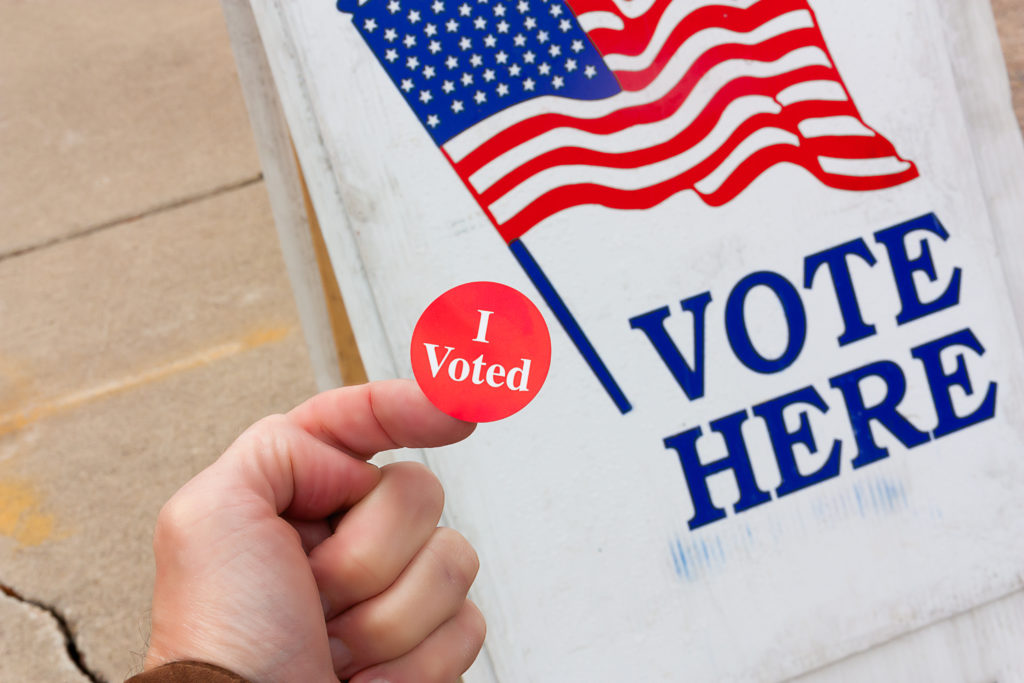
This column was first published in RealClear Politics
It is the day before the 2022 midterm elections, and it has been an emotional roller coaster for Democrats. If you believe the polls and most of the coverage in the media, Democrats should be bracing for a Republican red wave as they take control of the House and probably the Senate as well. Even some Democratic strategists have been warning of losses as they have bought in to the gloom and doom of the last several weeks. But contrary to this conventional wisdom, Democrats have reason to be hopeful that not all is lost, and this sentiment is based on real data, not just wishful thinking.
In January, most of the prognostications did not give Democrats a prayer in the midterm elections. President Biden’s approval numbers were sinking, and inflation, once believed by the president himself to be temporary, proved to be stubborn and longer-lasting.
Then came the explosive striking down of Roe v. Wade by the Supreme Court, and the January 6 Committee showed how our democracy is imperiled by the election of office-holders who refuse to concede defeat. Meanwhile, amidst the success in the 2022 Republican primaries of many right-wing extreme election-denying candidates, we started to see a shift in the political fortunes for Democrats. Abortion rights and threats to democracy became key mobilizers for newly registered young women, young voters, communities of color, and some pro-choice Republican women. But the key question even back then was whether this energy fueled by outrage over the Dobbs decision would hold until the midterm elections.
There were two instances that suggested abortion policy would be a key mobilizer that could make the difference in the midterms. In a special election in New York’s 19th Congressional District, Democrat Pat Ryan ran against a Republican who on the day of the election was projected to win by four percentage points. Ryan won by two. This followed four other special elections where Democrats overperformed their vote share in 2020, all due to the energy behind abortion rights. Then came the Kansas abortion referendum that shook the political terrain. In a stunning win for the pro-abortion rights movement that no pollster or strategist saw coming, voters in one of the nation’s most dependable Republican states bucked the GOP party line and embraced the Democratic Party position. The issue had been framed as the taking away of freedoms, privacy, and citizenry from Kansas women – and Kansans responded.
The question that remained however, was whether Democrats would remain energized and show up for the midterm elections as they did in these special elections and the Kansas referendum. Many doubted it could last. There is data to prove however, that so far, Democrats’ enthusiasm is holding strong.
The early vote data has been a tremendous source of good news for Democrats. The TargetEarly website tracks the number of early votes, and it shows that Democrats are crushing Republicans by 4 million votes thus far. At this point in 2018, Republicans led by more than 120,000 votes, and we won that election. In the key states, Democrats are leading by anywhere between 5 to 50 points over Republicans.
This oddly ignored storyline refutes two assumptions: first, that abortion has receded as a mobilizing issue that drives voters to the polls; and second, that Democratic enthusiasm has dampened as some national polls have shown recently.
Three additional factors are in play that paint a different picture than the one shown by the current aggregates of polls:
- There is an undercurrent of new voters, many of them young, who are driven by abortion rights, and fear of losing our democracy. Easily overlooked by pollsters, first-time voters helped sway NY-19 and the Kansas referendum. Many have told journalists they are voting for Democrats because of Roe v. Wade; some are even Republican women who are keeping it a secret from their husbands. This does not mean that inflation is not a factor, but it does mean, as one told me recently, that they can go into the voting booth thinking, “The economy will come back, my rights won’t.”
- A slew of Republican-leaning polls used by poll aggregators in the final weeks skew the poll averages towards Republicans. Nate Silver even questions this practice and the use of these aggregates at this moment.
- Contrary to what we hear from commentators and reporters who have not been out on the campaign trail, Democrats are talking about the economy and how disastrous it would be for Social Security, Medicare, jobs, prescriptions drugs, and student loan forgiveness if Republicans take over.
Tomorrow is Election Day and is it still very possible that Republicans will show up in droves and overtake our leads. But by banking all of these votes early, Democratic campaign strategists can use their resources to go after lower-propensity voters now, before Election Day rather than three hours before the polls close. It is a huge strategic advantage and campaigns are using it.
Will all of this negate a red wave? Maybe not. But it does prove that it hasn’t materialized yet. Democrats are competitive in key races in an election cycle where Republicans should be easily closing the deal with voters given history, conventional wisdom, the president’s approval ratings, and inflation. But they are not. Voters are not convinced they should turn over control of Congress to Republicans. Democrats will continue to make the case as to why they absolutely should not. We will see what happens.

Recent Comments